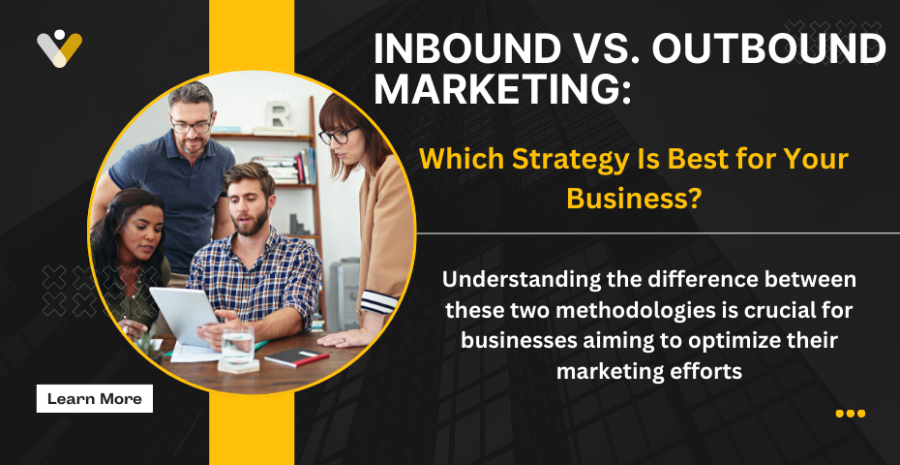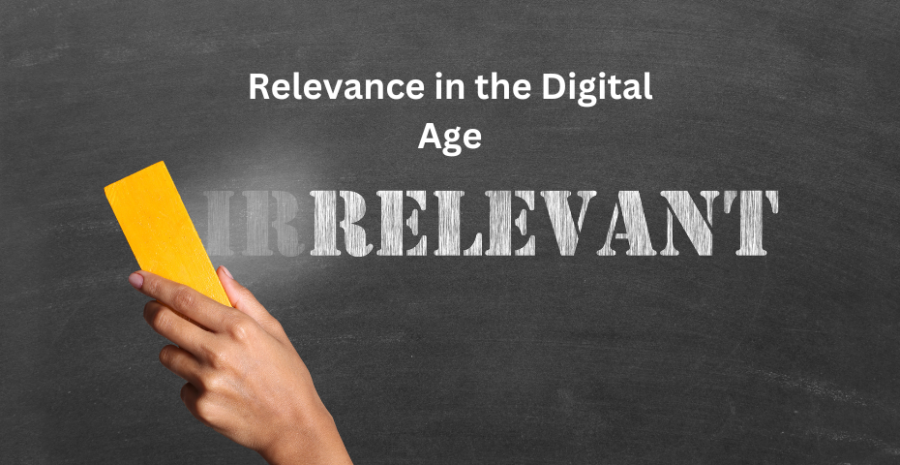
Inbound vs. Outbound Marketing: Which Strategy Is Best for Your Business?

Introduction
Marketing strategies have evolved significantly in the digital age, offering businesses a wider range of tools and tactics to attract, engage, and retain customers. At the core of these strategies are two distinct approaches: inbound marketing and outbound marketing.
Understanding the difference between these two methodologies is crucial for businesses aiming to optimize their marketing efforts. Inbound marketing focuses on attracting customers by providing valuable content and experiences tailored to their needs.
It’s a more subtle, pull-based strategy that builds relationships over time. On the other hand, outbound marketing is more traditional, involving direct outreach through advertising, cold calls, and promotions to push products or services onto the customer.
Both strategies have their advantages, but knowing when and how to use them can determine the success of your marketing efforts.
In this blog, we’ll explore the differences between (1) inbound and outbound marketing across ten key points, helping you determine which strategy is best suited for your business.
1. Target Audience Approach: Pull vs. Push

(2) Inbound marketing is fundamentally about pulling potential customers in by offering relevant content that addresses their pain points. It’s about aligning with the buyer's journey, where prospects find you through content like blog posts, social media, or SEO efforts.
On the contrary, outbound marketing involves pushing your message out to a broad audience, often regardless of their immediate interest.
This might include tactics like TV ads, cold emails, or paid social media campaigns. The major difference is in how the audience interacts with the content—whether they seek you out (inbound) or are interrupted by your message (outbound).
2. Engagement and Relationship Building

One of the strongest advantages of (3) inbound marketing is its focus on building long-term relationships with customers. Through content creation, email marketing, and social media engagement, you foster trust and credibility over time.
Customers are more likely to turn to a brand they feel connected to when they are ready to make a purchase. Outbound marketing, in contrast, tends to focus on immediate engagement through sales-driven messages.
The interactions are often brief and transactional, aiming to generate quick conversions rather than foster a deep relationship. While outbound might provide fast results, inbound tends to create more lasting brand loyalty.
3. Cost Efficiency and ROI

(4) Inbound marketing typically costs less over time. Since it relies on organic growth and earned media, the upfront investment in content creation, SEO, and social media can pay off for years.
For example, a well-written blog post can continue to attract visitors long after it’s been published, bringing in organic traffic at no extra cost.
Outbound marketing, however, tends to require constant investment. Paid ads, for instance, stop delivering traffic the moment your budget runs out.
While outbound can generate quicker returns, its ROI often diminishes without continuous spending, whereas inbound compounds over time.
4. Customer Experience and Satisfaction

In today’s marketing landscape, the customer experience is paramount. (5) Inbound marketing excels in this regard because it allows consumers to engage with brands on their terms.
By offering content that educates, informs, or entertains, inbound marketing enhances the customer’s overall experience. Conversely, outbound marketing often interrupts the customer experience.
Pop-up ads, unsolicited calls, or irrelevant email blasts can lead to customer frustration. While outbound strategies can still be effective in certain contexts, they risk alienating customers if not executed with precision and care.
5. Timeframe for Results

The results of (6) inbound marketing are generally slower to materialize. Building a following, gaining search engine visibility, and establishing authority through content marketing can take months, even years.
However, the long-term benefits of inbound are often more sustainable. Outbound marketing, by contrast, is more immediate.
A TV ad campaign or a targeted email blast can generate leads or sales within days or weeks. The trade-off is that the results tend to be short-lived.
Once the campaign ends, the influx of traffic or sales typically drops off sharply, requiring constant reinvestment.
6. Control and Flexibility

One key difference between (7) inbound and outbound marketing lies in the level of control over the message. With outbound marketing, businesses have full control over when, where, and how their message is delivered.
They can target specific demographics or geographic areas and adjust the message as needed. Inbound marketing, while flexible in content creation, relies on the audience to engage with that content.
This lack of direct control means that businesses must trust in their strategy and give up the push for immediate results in favor of long-term engagement.
7. Measurability and Analytics

Inbound marketing is generally easier to measure and track, particularly when it comes to digital channels. Tools like Google Analytics, HubSpot, and social media insights allow marketers to see exactly how visitors are interacting with their content, what’s converting, and how they move through the funnel.
Outbound marketing can be more challenging to measure accurately, especially with traditional media like TV, radio, or print ads.
While digital outbound tactics like pay-per-click (PPC) can be tracked, offline campaigns often require surveys or estimates, making ROI calculation less precise.
8. Relevance in the Digital Age

As consumer behavior shifts increasingly toward digital channels, inbound marketing is gaining more relevance. People are more likely to seek out content that helps them make informed decisions and less likely to respond to hard-sell tactics.
In a world dominated by search engines and social media, inbound marketing naturally aligns with how people consume information today.
That said, outbound marketing isn’t dead—it’s simply evolving. Digital outbound strategies like programmatic advertising, retargeting, and sponsored content still play an important role in a multi-channel marketing approach.
9. Integration of Strategies
.png)
Rather than viewing inbound and outbound marketing as mutually exclusive, many businesses are finding success by integrating the two.
For example, an outbound ad campaign might direct prospects to a free resource on your website, effectively blending the reach of outbound with the relationship-building strength of inbound.
In this hybrid approach, outbound creates awareness and inbound nurtures those leads into paying customers. The key is to align the messaging so that outbound draws attention, and inbound takes over to guide the customer through the decision-making process.
10. Which Strategy is Best for Your Business?

Deciding between inbound and outbound marketing depends on several factors, including your business model, target audience, and marketing goals. If you're looking for quick results, have a sizable budget, or want to target a broad audience, outbound marketing might be the better choice.
However, if you aim to build long-term relationships with customers, create lasting brand awareness, and work with a smaller budget, inbound marketing is likely a better fit.
Most businesses benefit from a mix of both, using outbound for immediate gains and inbound to cultivate sustained growth.
Conclusion
Both inbound and outbound marketing offer distinct advantages depending on your business objectives, timeline, and audience.
Outbound marketing is ideal for businesses that need immediate visibility and quick results, especially for product launches or seasonal promotions.
However, the high costs and diminishing returns of outbound can make it a short-term solution. Inbound marketing, while slower to yield results, offers sustainable growth by attracting and nurturing loyal customers. The key is not to choose one over the other but to find a balance.
By integrating inbound and outbound strategies, businesses can maximize their marketing efforts, reaching new audiences while building long-term engagement.
Ultimately, the best strategy is one that aligns with your business goals, leverages your strengths, and meets your customers where they are in their buying journey.
Here's to the next 20 years of learning, growing, and innovating.
.png)
About: Andries vanTonder
Over 40 years selfemployed
He is a Serial Entrepreneur, an Enthusiastic supporter of Blockchain Technology and a Cryptocurrency Investor
Find me: Markethive Profile Page | My Twitter Account | My Instagram Acount | and my Facebook Profile.
